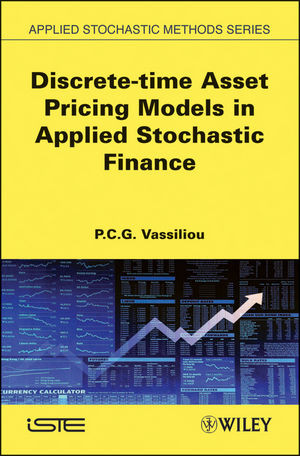

Most ebook files are in PDF format, so you can easily read them using various software such as Foxit Reader or directly on the Google Chrome browser.
Some ebook files are released by publishers in other formats such as .awz, .mobi, .epub, .fb2, etc. You may need to install specific software to read these formats on mobile/PC, such as Calibre.
Please read the tutorial at this link: https://ebookbell.com/faq
We offer FREE conversion to the popular formats you request; however, this may take some time. Therefore, right after payment, please email us, and we will try to provide the service as quickly as possible.
For some exceptional file formats or broken links (if any), please refrain from opening any disputes. Instead, email us first, and we will try to assist within a maximum of 6 hours.
EbookBell Team

0.0
0 reviews
These two volumes aim to provide a foundation course on applied stochastic finance. They are designed for three groups of readers: firstly, students of various backgrounds seeking a core knowledge on the subject of stochastic finance; secondly financial analysts and practitioners in the investment, banking and insurance industries; and finally other professionals who are interested in learning advanced mathematical and stochastic methods, which are basic knowledge in many areas, through finance.
Volume 1 starts with the introduction of the basic financial instruments and the fundamental principles of financial modeling and arbitrage valuation of derivatives. Next, we use the discrete-time binomial model to introduce all relevant concepts. The mathematical simplicity of the binomial model also provides us with the opportunity to introduce and discuss in depth concepts such as conditional expectations and martingales in discrete time. However, we do not expand beyond the needs of the stochastic finance framework. Numerous examples, each highlighted and isolated from the text for easy reference and identification, are included.
The book concludes with the use of the binomial model to introduce interest rate models and the use of the Markov chain model to introduce credit risk. This volume is designed in such a way that, among other uses, makes it useful as an undergraduate course.
Content: